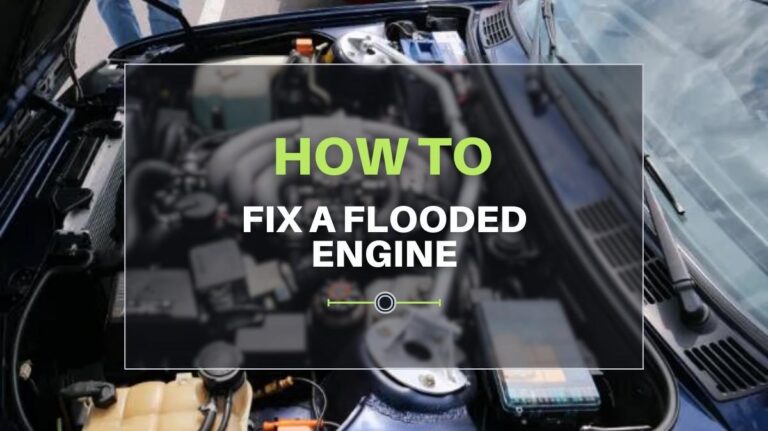If you own and drive a car, it is essential you know how to fix a flooded engine. An engine is considered flooded when it is overwhelmed with excessive fuel. This issue is one of the top reasons vehicles experience breakdowns.
Suppose you experience any issue or difficulty with your car while trying to ignite the engine (if it becomes difficult or impossible to start your vehicle). A flooded engine could be the issue here. As you read along, you will find out about the causes and symptoms of a flooded engine and how you can fix this issue if it happens.
What Does a Flooded Engine Mean?
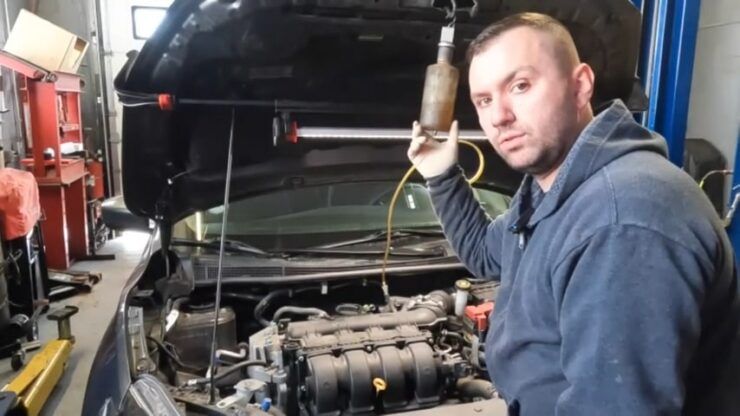
Whenever there is excessive gas/fuel in the engine, with little or insufficient oxygen/air, the spark plug becomes wet, making fuel ignition very difficult. This engine eventually becomes flooded once you hit the accelerator extremely hard while trying to start the vehicle. This issue is common in vehicles that use a carburetor instead of a fuel injection system.
A flooded engine is rare in vehicles equipped or built with a fuel injection system, provided the temperatures are favorable. However, the issue can’t be avoided entirely, especially in cold weather.
How Does an Engine Get Flooded?
This section discusses some common causes of a flooded engine.
1. Faulty or old spark plugs
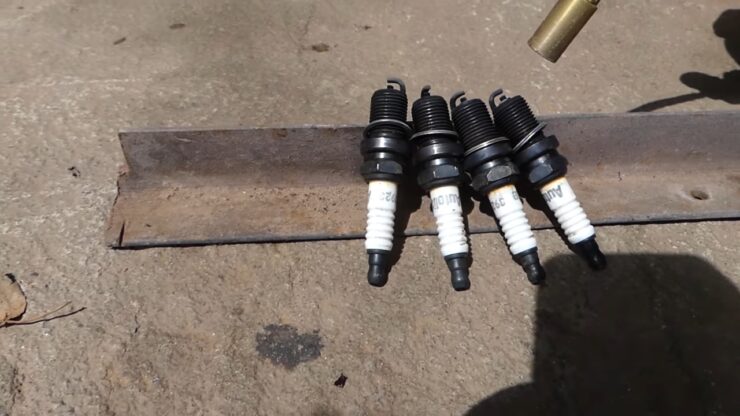
A damaged, defective, or old spark plugs don’t have enough power to deliver a solid, rapid, or efficient spark.
As a result, it becomes challenging for the fuel and air mixture to ignite adequately, leading to a flooded engine.
2. Damaged carburetor
A faulty carburetor won’t perform optimally if the nozzles and gaskets are weak or damaged or a punctured float. This may get the engine flooded as a result of excessive fuel in the air to fuel mixture. A flooded engine issue may also occur if an adjustment made to the carburetor is not executed correctly.
3. Faulty or inadequate fuel injectors
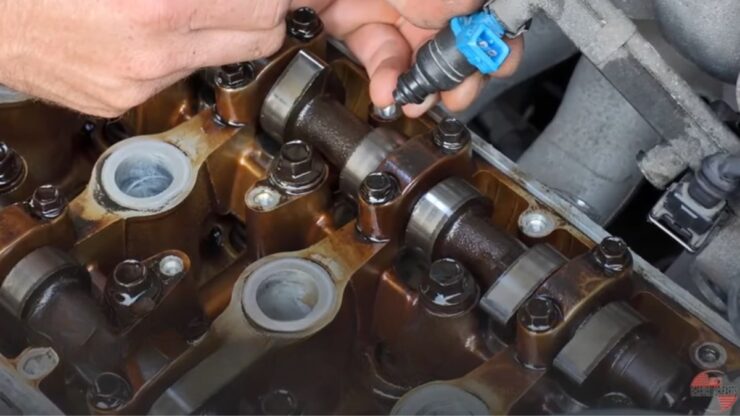
If you drive a vehicle equipped with a fuel injection system, your car’s engine may get flooded at a certain point in time.
No doubt about it, fuel injectors are durably and solidly made using top-quality metal materials.
However, they wear out or get damaged over time due to the aggressive nature of the fuel and how hard the injectors operate and function under extreme pressure.
Once the fuel injectors get damaged, their efficiency level drops, which affects the fuel-air mixture quality. This results in a flooded engine. The spark plugs become wet, affecting their performance and function.
4. Excessive fuel in the mixture ratio
When the air to fuel mixture is inadequate (a situation popularly known as a rich mixture), it may result in a flooded engine. In carbureted cars, this issue occurs when the carburetor is faulty or when the adjustment made to this device is not executed correctly.
This is a bit different or rather complicated in cars that use the fuel injection system. Excessive fuel in the mixture ratio may occur when the ECU, oxygen sensors, Mass Flow (MAF) sensors, and fuel injectors become faulty.
5. Issues with other components or parts of the ignition system
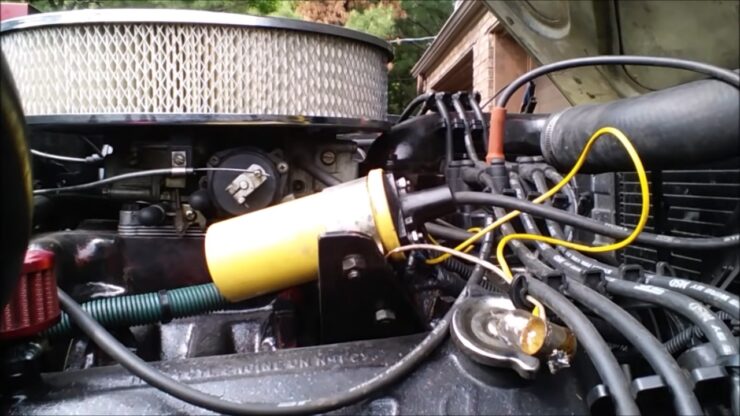
Issues or problems with other parts of the ignition system such as the cables, coils, distributors, and connections may also cause a flooded engine. When any of these parts are affected, it could result in a weak spark, and sometimes, no spark. This means the air to fuel mixture can only get through the combustion but won’t ignite.
6. Turning the engine on/off within a short period
If you turn your vehicle’s engine on/off recurrently within a short period, this is not a good practice. This practice is attributed to a poor driving experience, and it is a bad driving habit.
Usually, the engine finds it challenging to attain optimum working temperature during winter, coupled with the fact that fuel has a higher density.
Considering these points, when you turn on/off your engine frequently during this period or time of the year, it may lead to a flooded engine.
Flooded Engine Symptoms
This section highlights some of the common signs or symptoms of a flooded engine. When you know these signs, it becomes easy to detect or know whenever your engine gets flooded.
1. You will perceive a strong fuel odor
Typically, this is the first sign or symptom you will notice if your engine is flooded. How intense or evident the smell is, depends mainly on the severity of the problem. In some cases, the smell may be slight or minor. When it’s extreme, it becomes noticeable and can be perceived in the passenger compartment.
2. Extremely fast cranking
If the engine is overwhelmed with fuel, it produces a rattling sound. This occurs as the driver puts in a continuous effort to ignite the engine without any positive outcomes.
3. Vehicle may fail to start
When you attempt to start the car, all you will experience is cranking with no positive response. Sometimes, the engine may start briefly and then go off.
4. A darker smoke
A change in the emissions color may indicate excessive fuel in the engine. Whenever you perceive this sign, ensure you get the engine checked.
We will look at how you can fix a flooded engine whenever you detect this issue. For easier understanding and application, we will divide this section into two parts.
The first part will show you the steps involved in fixing a flooded engine in a carbureted vehicle. The other part discusses how you can solve this same issue if you own a car equipped with a fuel injection system.
Material needed to fix a flooded engine
- Screwdriver
- Spark plug socket
- Screw extractor tool
- Socket wrench
- Paper towel or clean duster
- New spark plugs
- Abrasives, wire brush, and spray cleaner
- Blow torch
How to Fix a Flooded Engine: Step By Step Guide for Fuel Injection System
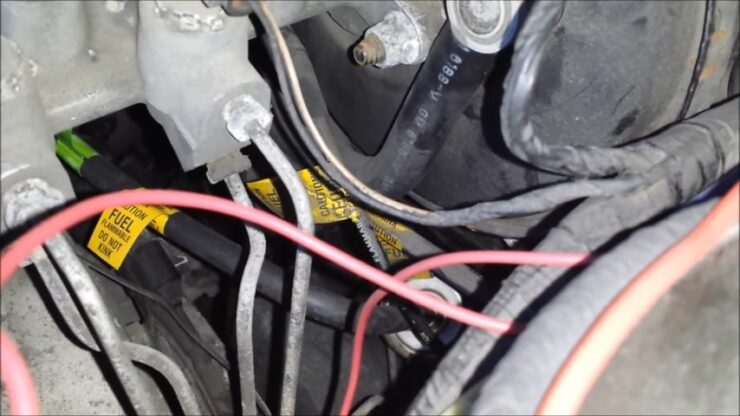
1. Be patient
The first thing you need to do after the issue of a flooded engine has been detected is to leave your car to rest for about an hour. This gives the excessive fuel enough time to evaporate from the cylinder and also ensures the spark plugs dry up to an extent.
If the battery is still in good condition (not depleted), try and crank the car for a longer period once you have allowed it to rest for 1 hour. If you perceive that the engine is willing to start, this may be the first step towards bringing it back to life.
2. Connect a diagnostic tool
As we discussed earlier in this guide, the injection system is complicated. Thus, several issues or problems could result in a flooded engine.
When you use an OBD tool, you will have valid and reliable information about the part or component of the engine to troubleshoot.
All you need to do is read the error code displayed or provided on the screen. The amazing thing about this tool is that you won’t waste time trying to identify the problem. Also, you won’t have to waste money on unnecessary repairs.
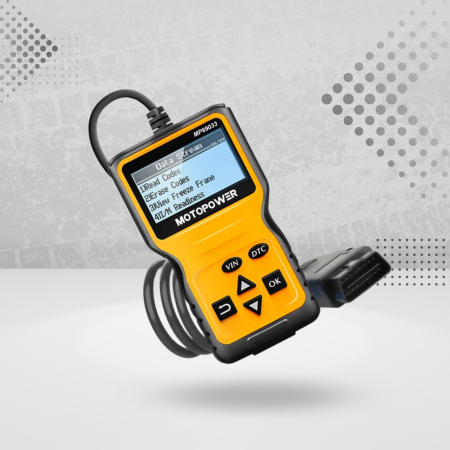
3. Take out the ignition coils
Remove the ignition coils, and blow inside the compartment to get every particle out using a blower.
4. Have the spark plugs changed or cleaned
Disconnect the spark plugs from your vehicle and get them cleaned. Ensure the cleaning is done thoroughly to remove dirt and get rid of the excessive fuel. Depending on the model or brand of car you drive, you may find it difficult to access the spark plugs.
Hence, the need for some special tools. Once you get the plugs out successfully, the excess fuel in the cylinder evaporates faster, increasing the chances of getting the engine back to life. The spark plugs can be cleaned using abrasives, wire brush, blow torch, clean rag or paper towel, and spray cleaner. If the spark plugs are old, replace them instead.
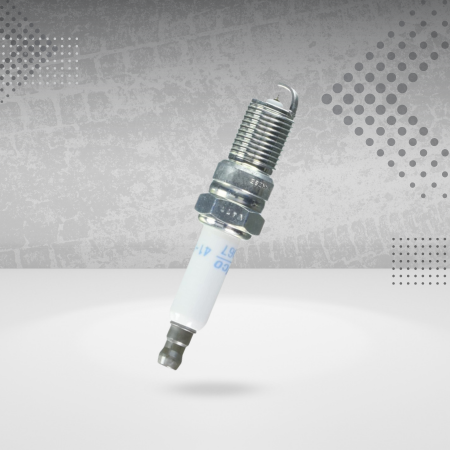
5. Reinsert the spark plugs
Reinstall the cleaned or new spark plugs. Once you have successfully done that, it is time to crank the engine and see if it will respond.
6. Crank your vehicle’s engine
Make sure you do not start your car immediately after reinserting the spark plugs. Instead, press the gas/accelerator pedal all the way to the floor.
This way, the fuel injectors are deactivated, giving more air into the mixture. When you follow this process, the engine is expected to start easily.
At first, the engine may start briefly and then goes off. When you crank it more (once or twice), it should respond normally.
7. Allow your engine to warm up for a few minutes
Immediately the engine starts, allow it to warm up for about 5 minutes. In between this period, press the accelerator pedal occasionally.
If there is any leftover or residue on the spark plugs, this eliminates it. It also ensures the ECU read and displays new information, informing you about the state of your vehicle.
How to Start a Flooded Engine Carburetor: Step by Step Guide
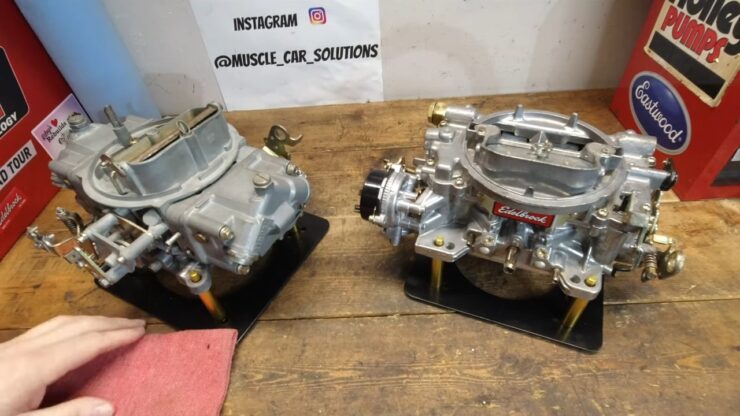
1. Be patient
This same process applies to carbureted vehicles. Once the car has rested for about an hour, try to turn the engine on.
If the engine is flooded due to a poor driving habit, the car may start. If it doesn’t, you may have to troubleshoot the issue further.
2. Get the spark plugs cleaned or replaced
Remove the spark plugs, and get them clean. If they are due for a replacement, you should get them changed.
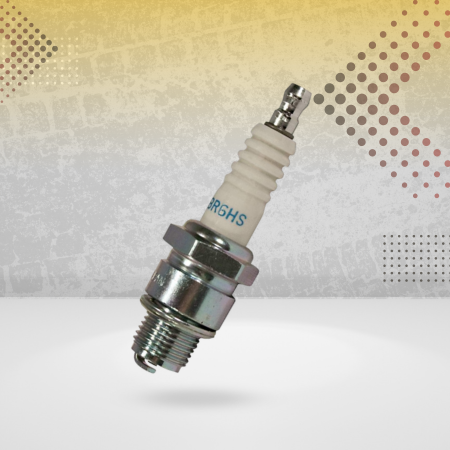
3. Check the choke’s position
The chock is a valve-like component in the carburetor. This device restricts airflow, thereby improving the air-fuel mixture. The choke ensures a cold engine starts without any difficulty.
Whenever the engine is flooded, the choke valve must be open, allowing an adequate amount of air to flow in. This improves the air-fuel mixture, making ignition easier.
You can operate the choke valve in two ways (manually or automatically). Suppose your car’s choke valve is manually operated. In that case, you can release its position with a slight push on the cable knob.
For an automatically operated choke valve, remove the air filter housing and check if the choke plate is open over the carburetor.
4. Check other parts of the ignition system
While trying to fix this issue, do not forget to check other ignition system parts, such as the distributors, connections, and spark plug cables.
5. Crank your vehicle’s engine
We have discussed the process involved in the first part (Under fuel injection system).
6. Allow your engine to warm up for a few minutes
We have discussed the process involved in the first part (Under the fuel injection system).
Do’s and Don’ts on Flooded Engine Fix
Do’s
- Ensure the spark plugs are appropriately cleaned. Change them if they are old or due for replacement.
- Make sure all other components of the ignition system are in good working condition.
Don’ts
- After conducting necessary fixes and checks, don’t pump the gas pedal while trying to crank the engine. Instead, press once and hold it like that.
- Do not crank the engine or pump the gas pump continuously when your car’s engine becomes flooded. It won’t solve the issue. Instead, it worsens the situation by causing more damage (the battery and starter may go bad).
FAQs
What is the main function of fuel injectors?
The main function of fuel injectors is to deliver fuel to the engine of a vehicle in a precise and controlled manner.
Fuel injectors are a critical component of the fuel system in gasoline-powered vehicles, and they play an important role in the overall performance and efficiency of the engine.
Fuel injectors are typically located in the intake manifold of the engine, and they work by spraying a fine mist of fuel into the combustion chamber.
The amount of fuel that is delivered is controlled by the engine control module (ECM), which uses various sensors to determine the engine’s operating conditions and adjust the fuel delivery accordingly.
Fuel injectors are designed to provide a precise amount of fuel at a specific pressure and spray pattern.
This ensures that the engine receives the right amount of fuel for optimal performance and efficiency.
By delivering fuel in a controlled manner, fuel injectors help to reduce emissions and improve fuel economy.
What are the causes of a flooded engine in carbureted cars?
In most cases, a flooded engine in carbureted cars is due to the driver’s inexperience or poor driving habits.
Without adequate experience and knowledge of how this type of cars work, it will be difficult to prevent this issue from happening.
How easy can the issue of a flooded engine be fixed?
Several reasons or factors may contribute to a flooded engine in cars with a fuel injection system, making it complicated to solve.
When it comes to carbureted cars, this issue can be easily solved when you take the necessary measures.
What does the carburetor do in a vehicle?
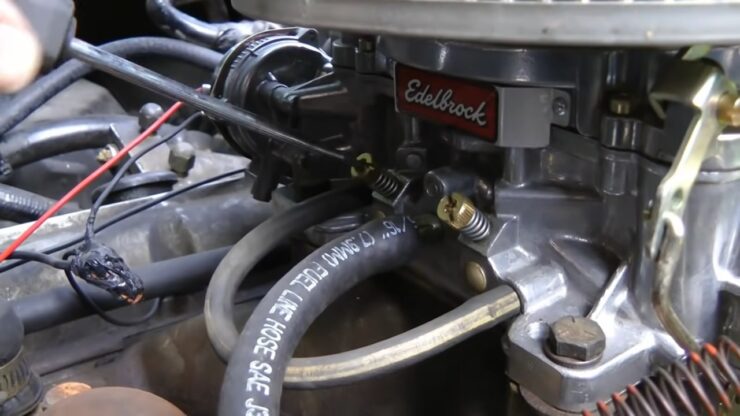
The carburetor is a component of older gasoline-powered engines that mixes air and fuel in the proper ratio before delivering it to the engine’s combustion chamber. The carburetor is responsible for delivering the right amount of fuel to the engine at the right time, and it plays a critical role in the engine’s overall performance and efficiency.
The carburetor works by drawing air into a venturi, which is a narrow passage that creates a low-pressure area. The low pressure draws fuel into the venturi, where it is mixed with the air before being delivered to the engine’s combustion chamber.
The amount of fuel that is delivered is controlled by the throttle valve, which regulates the amount of air that is drawn into the engine. In modern vehicles, carburetors have been largely replaced by electronic fuel injection systems, which provide more precise control over the fuel delivery process.
Fuel injection systems use electronic sensors to monitor the engine’s operating conditions and adjust the fuel delivery accordingly.
What role does the MAF sensor play in the engine?
The Mass Airflow (MAF) sensor is an important component in the engine management system of a vehicle. Its primary role is to measure the amount of air that is entering the engine and provide this information to the Engine Control Module (ECM). The ECM then uses this data to determine how much fuel to inject into the engine to maintain the proper air-fuel ratio.
The MAF sensor works by using a heated wire or film element that is cooled by the incoming air as it passes through the sensor. The amount of cooling that occurs is directly proportional to the amount of air flowing through the sensor. This information is then converted into an electrical signal that is sent to the ECM.
The MAF sensor plays a critical role in the overall performance and efficiency of the engine. If the MAF sensor is not working properly, it can cause a variety of issues, including poor fuel economy, reduced power and acceleration, and engine stalling or hesitation.
Common symptoms of a failing MAF sensor include a check engine light, rough idle, hesitation during acceleration, and decreased fuel economy. If you suspect that your MAF sensor may be failing, it is important to have it inspected and replaced as soon as possible to prevent further damage to the engine.
Verdict
Ensure you read the steps and instructions highlighted on fixing a flooded engine carefully and applying them accordingly. If your car fails to start or doesn’t indicate any signs of ignition after, you must have done everything practically possible. You may need to contact an experienced mechanic to detect the actual issue, how serious it is, and how best to get it fixed.
Related Posts:
- How to Paint Chrome Bumpers - DIY Guide & Easy Instructions
- Toyota 4.7 V8 Problems & Simple Solutions for 2024 -…
- How to Fix Overcharged AC in Cars/Trucks -…
- 10 Best Toyota Tundra Leveling Kit 2024 - Easy Fix…
- Keyless Entry System Installation Instructions -…
- Toyota 2.4 Engine Problems & Easy Solutions - Keep…

